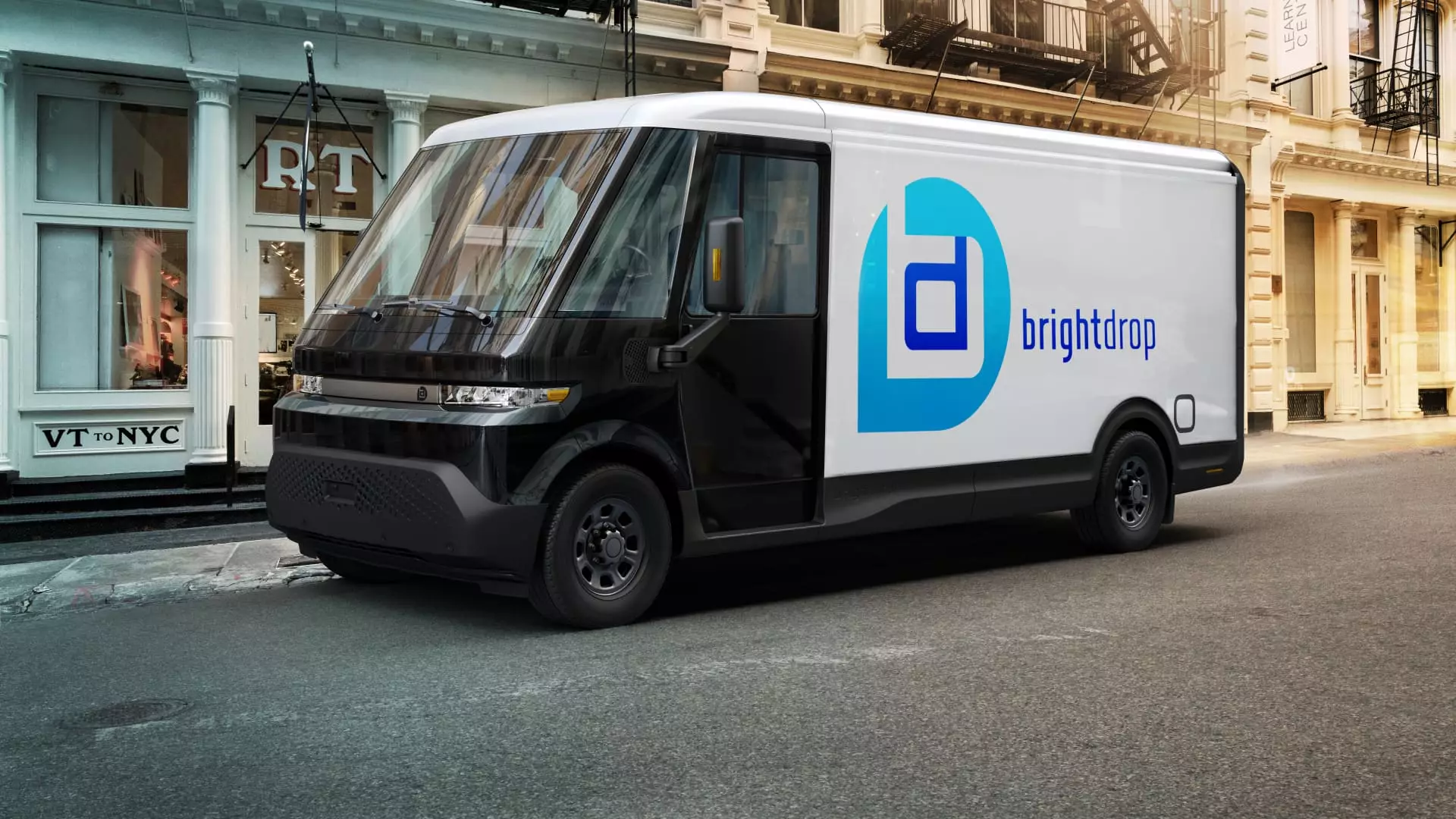In a stunning turn of events, General Motors (GM) has announced that its once-promising all-electric BrightDrop delivery van production line in Ontario will scale back dramatically, idling operations for much of the year. This decision, which involves cutting down from two shifts to just one, results in the immediate loss of 500 jobs, throwing hundreds of families into uncertainty. The decision isn’t merely a footnote in the automotive industry; it reflects a much larger trend that signals trouble not only for GM but also for the viability of electric vehicle (EV) manufacturing in North America.
Market Demand or Market Ignorance?
GM insists that this abrupt shift is a necessary response to fluctuating market demands and inventory rebalancing. However, the reality may reveal deeper systemic issues at play. It raises the essential question: Are these hiccups actually indicative of a fundamental misunderstanding of consumer preferences, or is it a mere consequence of mismanagement layered with overambitious forecasting? After all, GM’s lofty revenue goal of $1 billion in 2023 for BrightDrop appears to be illusory at best, as sales lag significantly behind expectations. With only around 2,000 units sold in the past two years, the company is left grappling with unmet projections and a concerning surplus of unsold vehicles—some reportedly gathering dust in a storage lot in Flint, Michigan.
The Human Cost of Corporate Decisions
While GM communicates that it remains committed to the CAMI facility and has plans for upgrades in store for 2026, the immediate ramifications for workers are dire. Lana Payne, president of Unifor, the labor union representing workers at the plant, characterized the layoffs as a “crushing blow.” The sentiment reflects a broader frustration felt among workers in an industry that once prided itself on job creation but now appears to prioritize profit margins while leaving employees in the lurch. The ongoing job security crisis not only impacts individual families but also places immense pressure on the local economy reliant on the automotive sector.
A Call for Government Intervention
As the auto industry faces unprecedented challenges, the response from both GM and the government is far from encouraging. Payne’s insistence that “all levels of government must step up to support Canadian auto workers and Canadian-made products” should serve as a rallying cry for policymakers. Without robust domestic support mechanisms and fair market access, how can we expect the Canadian automotive sector to thrive amidst such adversity? The landscape has shifted rapidly, turning what was once considered cutting-edge technology into something that can’t even meet basic consumer demand.
Looking Toward a Fractured Future
The commentary surrounding Trump’s tariffs continues to emerge as a disruptive force within the industry, complicating the task of fostering a stable environment for EV innovations. The politics of electric vehicles shouldn’t escalate into a blame game; they must instead advocate for collaborative solutions that focus on sustainable growth. The consequences of neglecting this pressing issue may extend far beyond GM’s disheartening layoffs, potentially undermining the very future of electric vehicles in North America. As we step further into a future that supposedly prioritizes green technology, the sobering truth is that without strategic foresight and consideration for workers, “progress” can quickly turn into a bittersweet endeavor.

